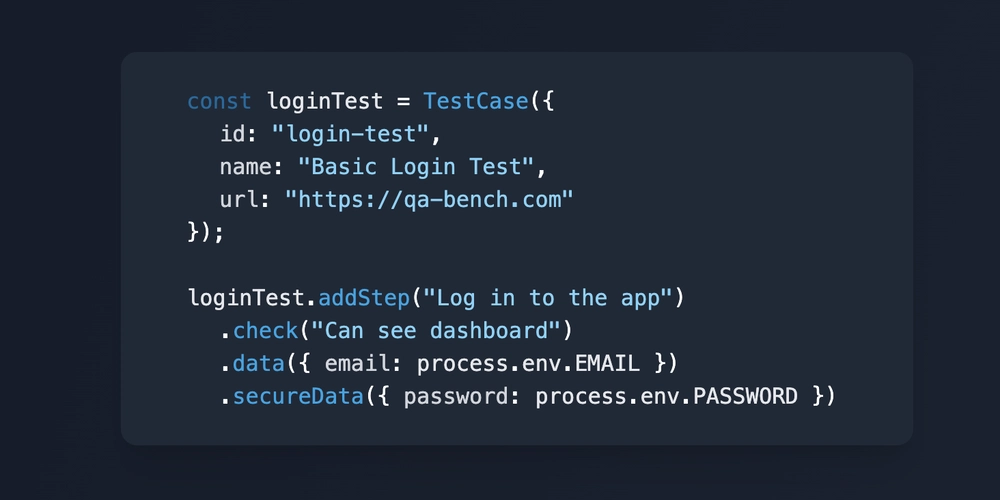Building a Minimalist To-Do App with React and TailwindCSS
This article outlines a clean and efficient approach to building a minimalist to-do application using React, TailwindCSS, and Vite. The objective: clarity, responsiveness, and maintainability. Stack Overview React for UI component abstraction TailwindCSS for rapid utility-first styling Vite as the build tool for optimal DX and performance Core Features Task creation, completion toggle, and deletion Responsive layout architecture Optional dark mode support via Tailwind’s native variant handling Project Initialization Generate the project with Vite: npm create vite@latest todo-app -- --template react cd todo-app npm install Install TailwindCSS: npm install -D tailwindcss postcss autoprefixer npx tailwindcss init -p Update tailwind.config.js to enable purging and dark mode as needed. Inject the Tailwind directives into your index.css: @tailwind base; @tailwind components; @tailwind utilities; Component Architecture The app structure is decomposed into functional components: TodoInput: Handles user input TodoList: Manages and renders the list TodoItem: Displays each task with controls Example: TodoItem.tsx interface Props { task: { id: string; text: string; completed: boolean }; onToggle: () => void; onDelete: () => void; } const TodoItem: React.FC = ({ task, onToggle, onDelete }) => ( {task.text} ✔ ✖ ); Final Notes This implementation favors readability, modular design, and performance-first tooling. If you're interested in expanding this further—authentication, persistence, drag-and-drop—modular scalability is already baked in. Repository link: [coming soon]

This article outlines a clean and efficient approach to building a minimalist to-do application using React, TailwindCSS, and Vite. The objective: clarity, responsiveness, and maintainability.
Stack Overview
- React for UI component abstraction
- TailwindCSS for rapid utility-first styling
- Vite as the build tool for optimal DX and performance
Core Features
- Task creation, completion toggle, and deletion
- Responsive layout architecture
- Optional dark mode support via Tailwind’s native variant handling
Project Initialization
Generate the project with Vite:
npm create vite@latest todo-app -- --template react
cd todo-app
npm install
Install TailwindCSS:
npm install -D tailwindcss postcss autoprefixer
npx tailwindcss init -p
Update tailwind.config.js to enable purging and dark mode as needed.
Inject the Tailwind directives into your index.css:
@tailwind base;
@tailwind components;
@tailwind utilities;
Component Architecture
The app structure is decomposed into functional components:
-
TodoInput: Handles user input -
TodoList: Manages and renders the list -
TodoItem: Displays each task with controls
Example: TodoItem.tsx
interface Props {
task: { id: string; text: string; completed: boolean };
onToggle: () => void;
onDelete: () => void;
}
const TodoItem: React.FC<Props> = ({ task, onToggle, onDelete }) => (
<div className="flex justify-between items-center px-4 py-2 border-b">
<span className={task.completed ? "line-through text-gray-400" : ""}>
{task.text}
span>
<div className="flex gap-2">
<button onClick={onToggle} aria-label="Toggle Completion">✔button>
<button onClick={onDelete} aria-label="Delete Task">✖button>
div>
div>
);
Final Notes
This implementation favors readability, modular design, and performance-first tooling.
If you're interested in expanding this further—authentication, persistence, drag-and-drop—modular scalability is already baked in.
Repository link: [coming soon]










































































































































































![[The AI Show Episode 142]: ChatGPT’s New Image Generator, Studio Ghibli Craze and Backlash, Gemini 2.5, OpenAI Academy, 4o Updates, Vibe Marketing & xAI Acquires X](https://www.marketingaiinstitute.com/hubfs/ep%20142%20cover.png)



























































































































![[FREE EBOOKS] The Kubernetes Bible, The Ultimate Linux Shell Scripting Guide & Four More Best Selling Titles](https://www.javacodegeeks.com/wp-content/uploads/2012/12/jcg-logo.jpg)



![From drop-out to software architect with Jason Lengstorf [Podcast #167]](https://cdn.hashnode.com/res/hashnode/image/upload/v1743796461357/f3d19cd7-e6f5-4d7c-8bfc-eb974bc8da68.png?#)






































































































.png?#)




.jpg?#)
































_Christophe_Coat_Alamy.jpg?#)







































































































![Rapidus in Talks With Apple as It Accelerates Toward 2nm Chip Production [Report]](https://www.iclarified.com/images/news/96937/96937/96937-640.jpg)









































































































































